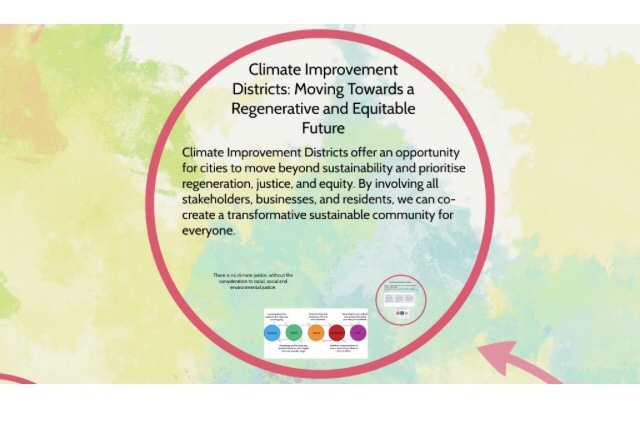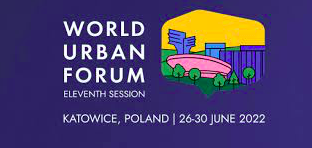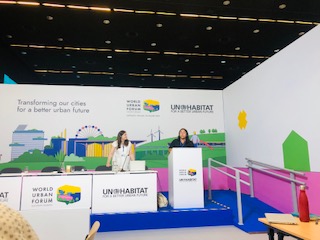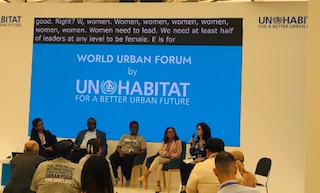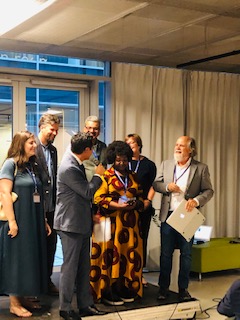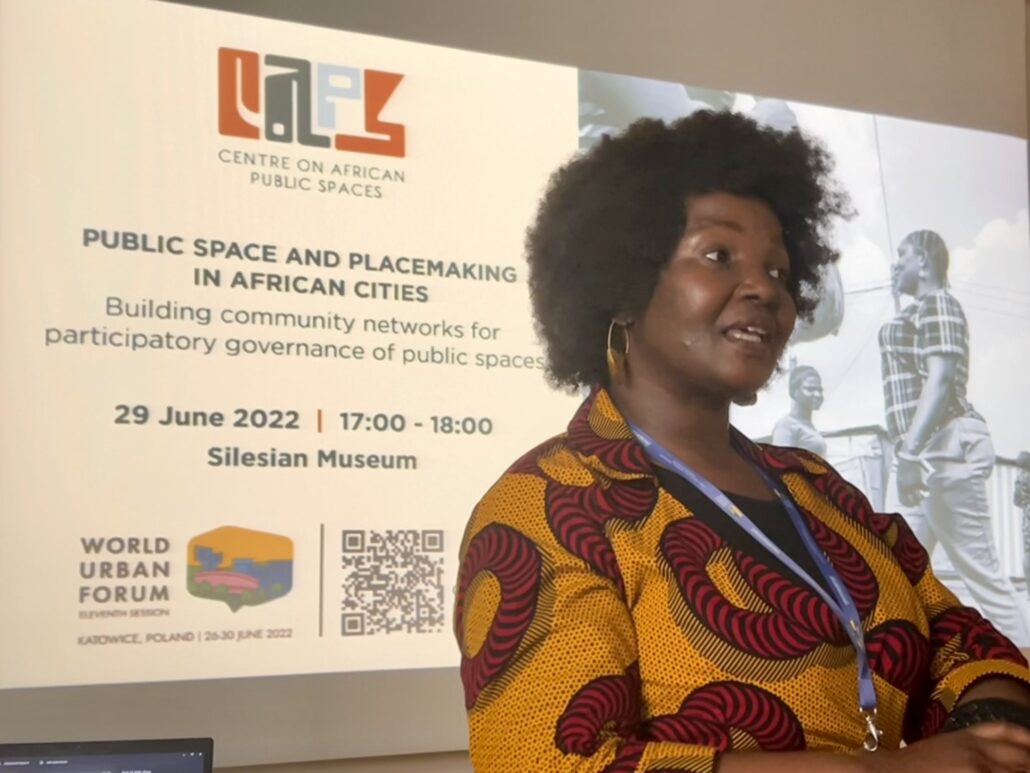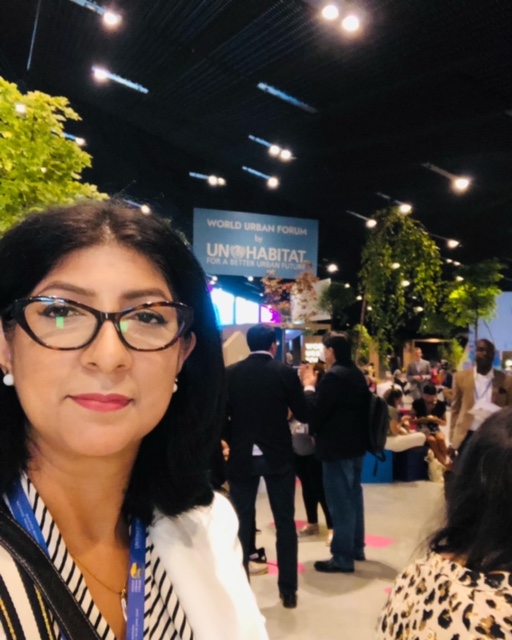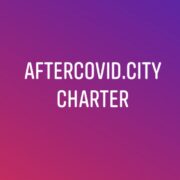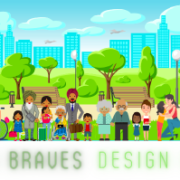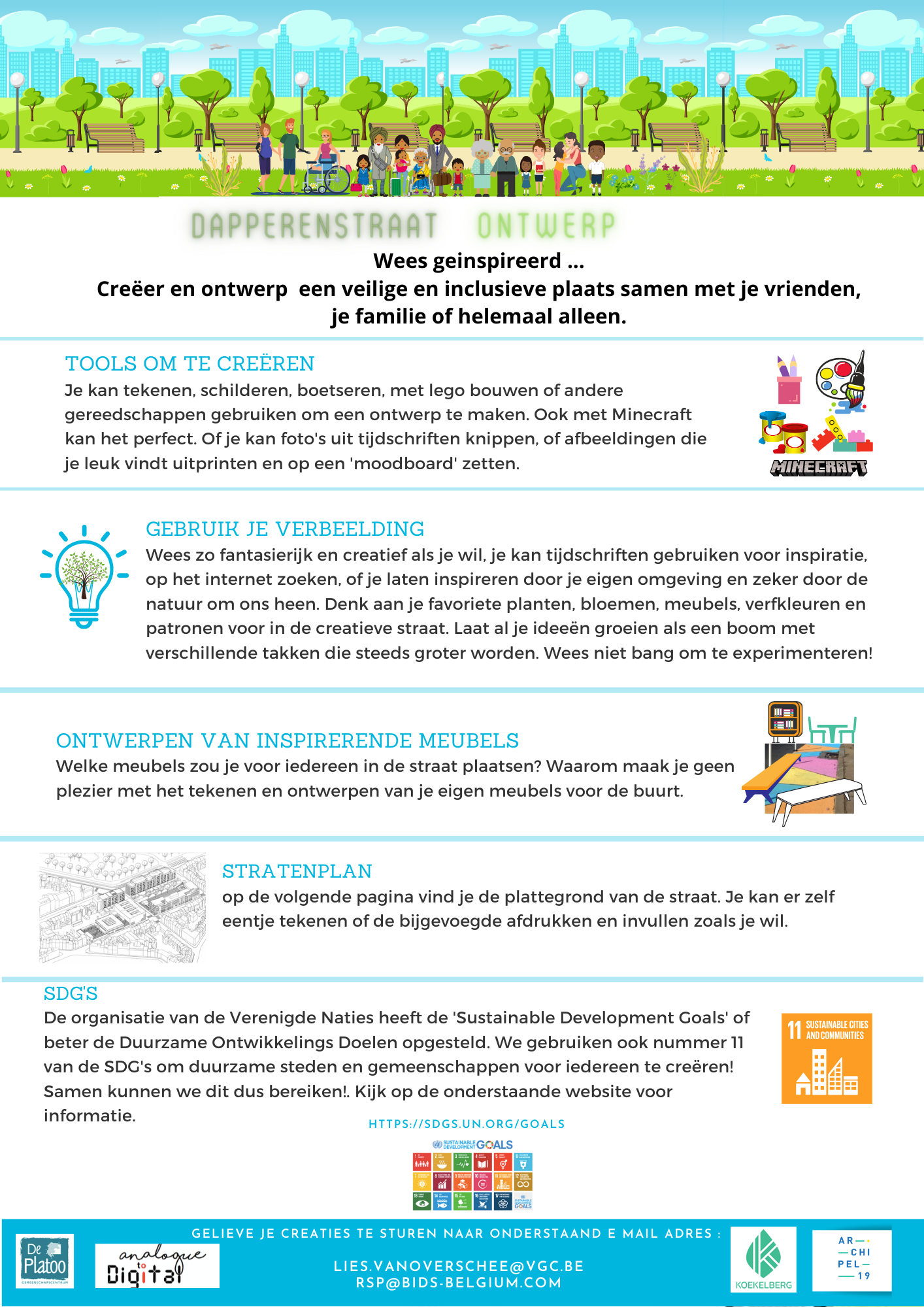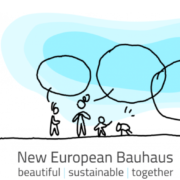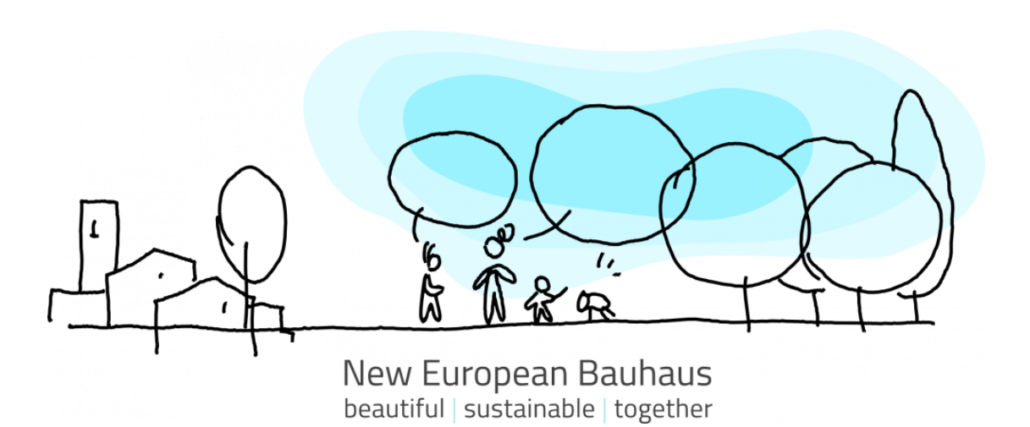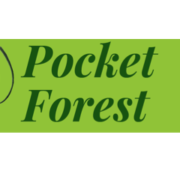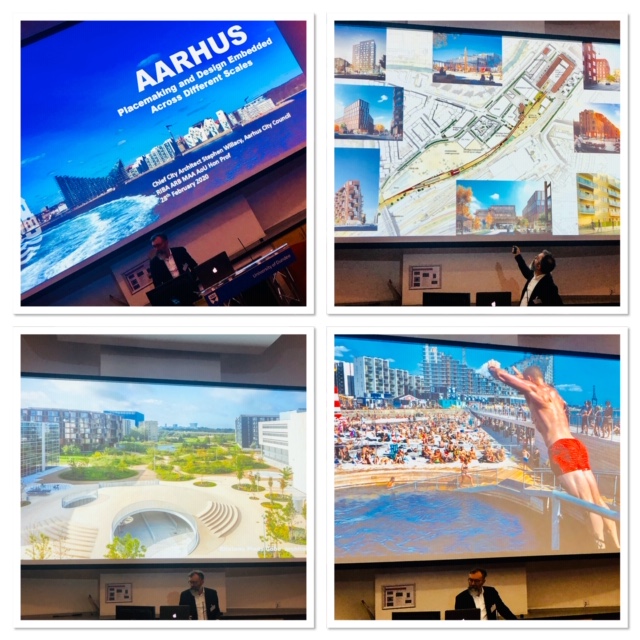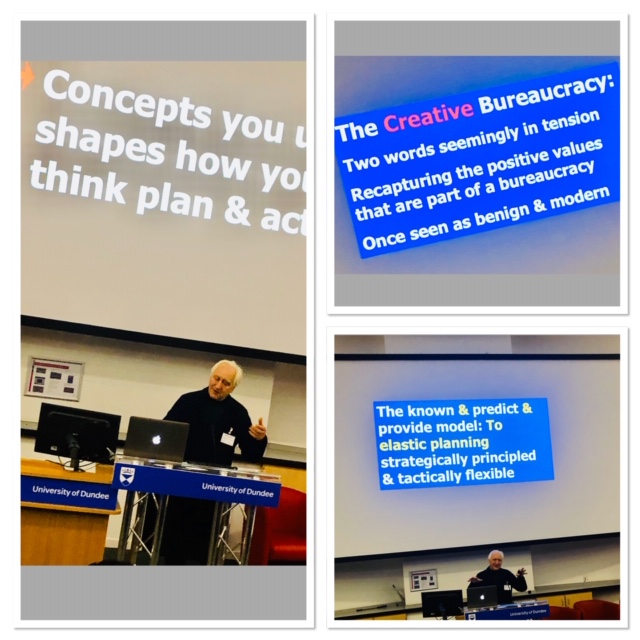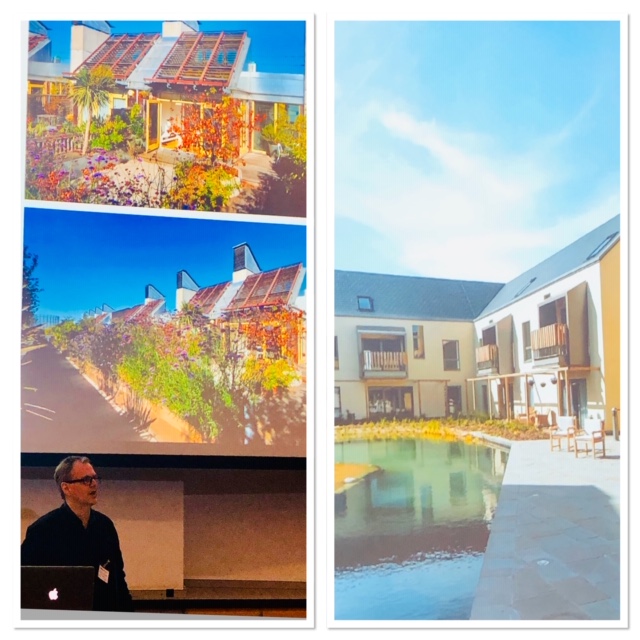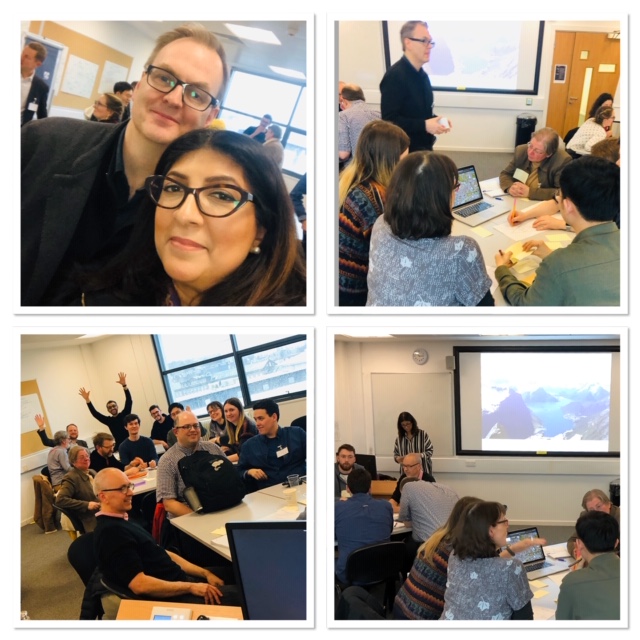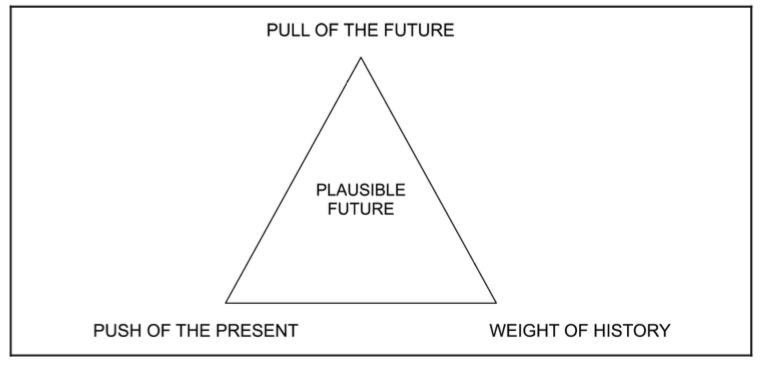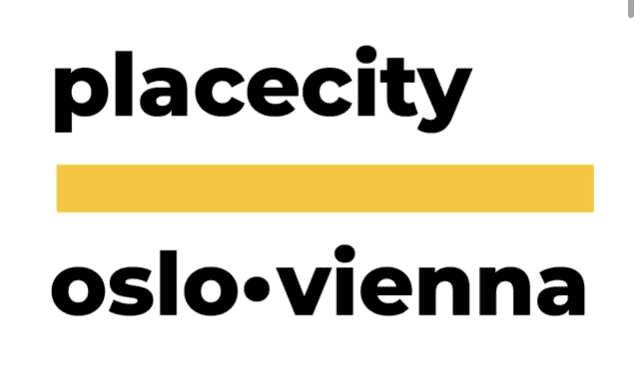The Future of Place Management at the ATCM / World Towns Leadership Summit
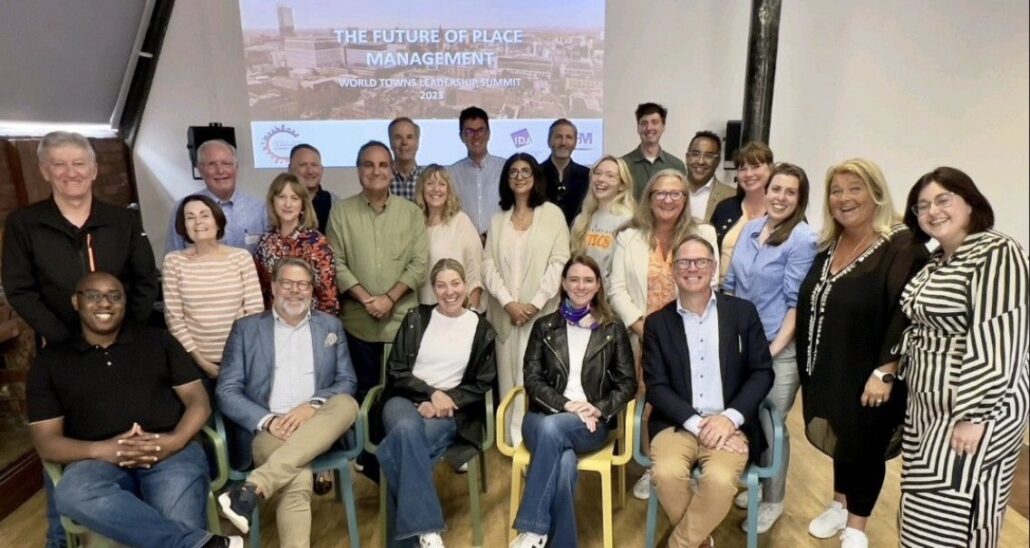
BIDs Belgium had the pleasure to attend the Future of Place Management co-organized by the Association of Town & City Management. held in conjunction with the World Towns Leadership organised by the International Downtown Association, in July 2023.
The conference engaged delegates from the UK, Ireland, Sweden, South Africa, the US, Canada, and Belgium in diverse discussions around the topic of the Future of Place Managment.
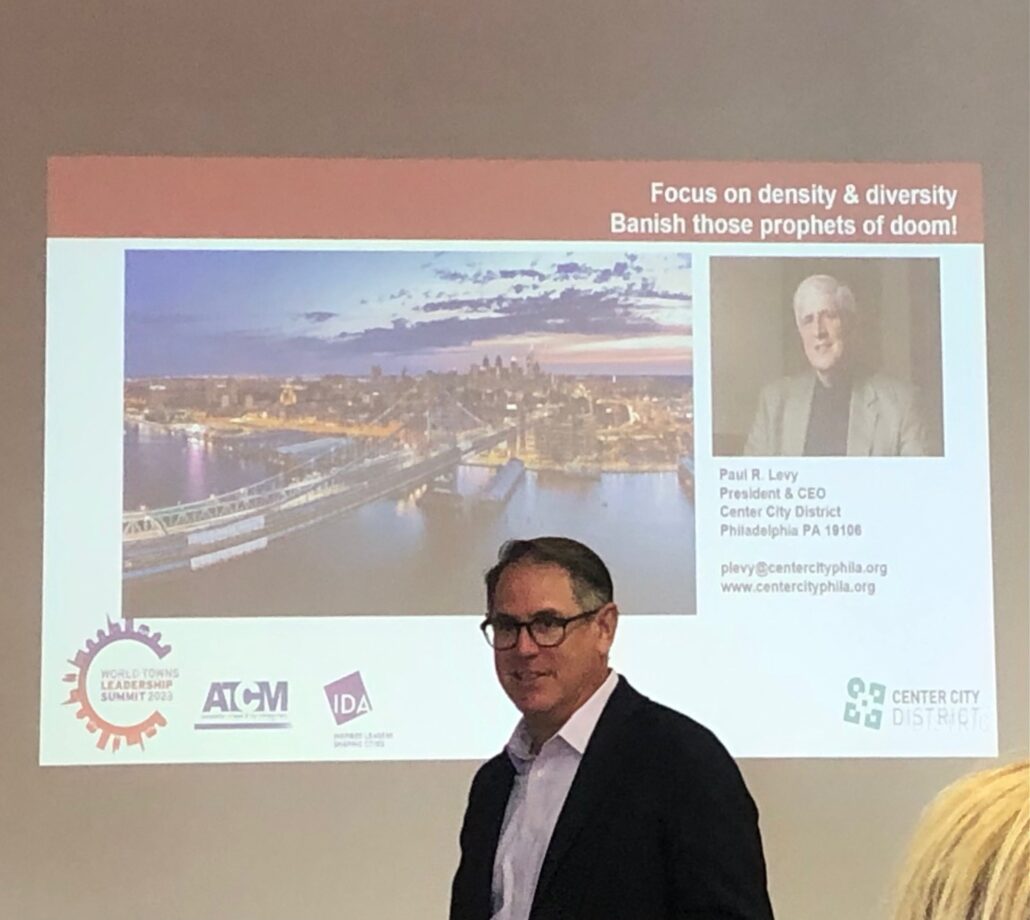
We started our journey in Piccadilly London kicking off the 3 day event which was also held in the city of Manchester. Enjoying both vibrant cities in the middle of Summer. With a roundtable on the Worlds Towns Leadership Summit hosted by David Downey of the Internationla Downtown Association. Starting with the ‘First of its Kind: Heart of London’s Evening and Night Time Strategy’ at the ‘Pre-Summit Post Pandemic Recovery Rountable’. Discussing opportunities and challenges, with insights from the Heart of London BID, Downtown NYC to Ipswich Central.
Following on to Manchester, we heard from the hosts and their BID, the iconic and established BID from Downtown New York, Camden and the award winning and inclusive Brixton BID that also happens to twin with Harlem NY. We delved deeper into discussions and the challenges of looking into the future.
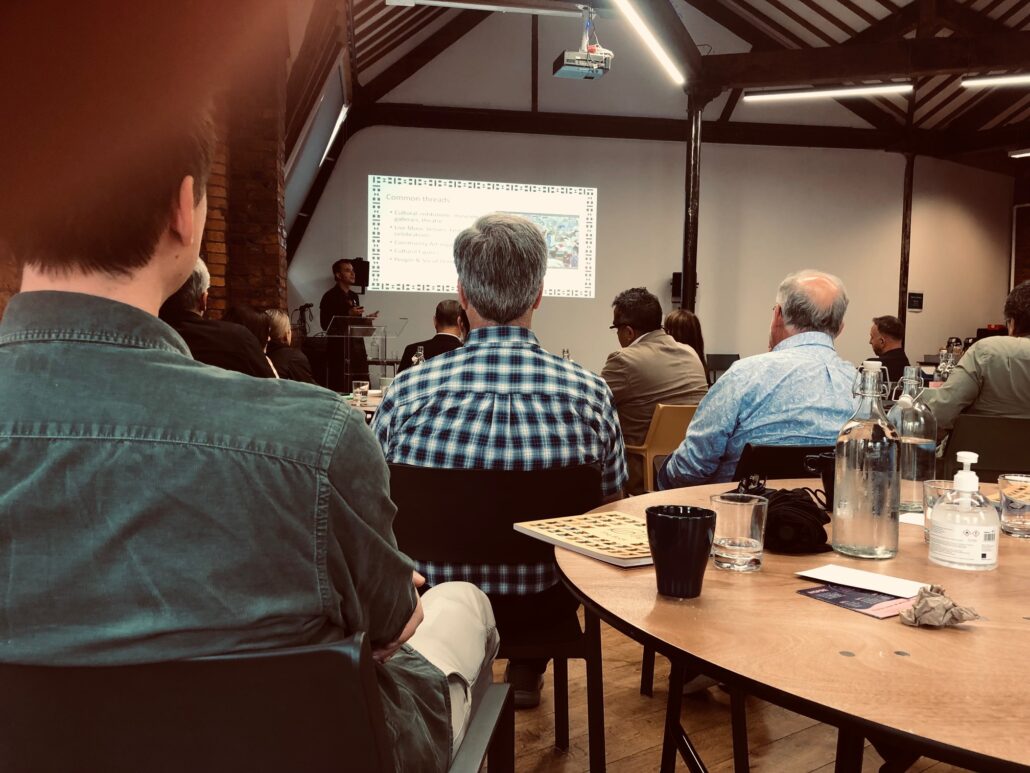
Together, we covered many topics from the community engagement, socio-economic aspects, to the impact and opportunities of Tech/Ai. The change of workign habbits with home/work/offices and the subsequent impacts in the city with mixed use environments. Also mentioning the future of green/tech/jobs, greening of the cities and social dimensions and importance of place, safety and security (which is always a high priority for the majority of BIDs!). Also the circular economy to the importance of having a Just Transition and Climate Change.
Building on our exploration of significant challenges facing places in the next decade, such as AI, climate change and the impacts of pandemic on cities and the workplace to name a few. The Future of Place Management conversation shed light on how our industry can adapt to meet these challenges.
Rozina Spinnoy of BIDs Belgium presented and delved into the emergence of Climate Improvement Districts, emphasizing their potential role in fostering sustainability in urban centers. The urgency to achieve net-zero and resilient places underscored the need for innovative approaches. This sparked discussions on how various regions might approach climate improvement districts differently, influenced by existing public-private partnerships and the pivotal roles of property owners and local government. Rozina also emphasised the opportunity to seize the moment to move towards the transformation to a more regenerative culture for the variety of models of BIDs, with ‘redesigning and co-creating together’.
The variety of BIDs models have over the years have included and integrated aspects of sustainability into their districts. When BIDs Belgium researched other models back in 2016. We will be writing more about this in a separate post.
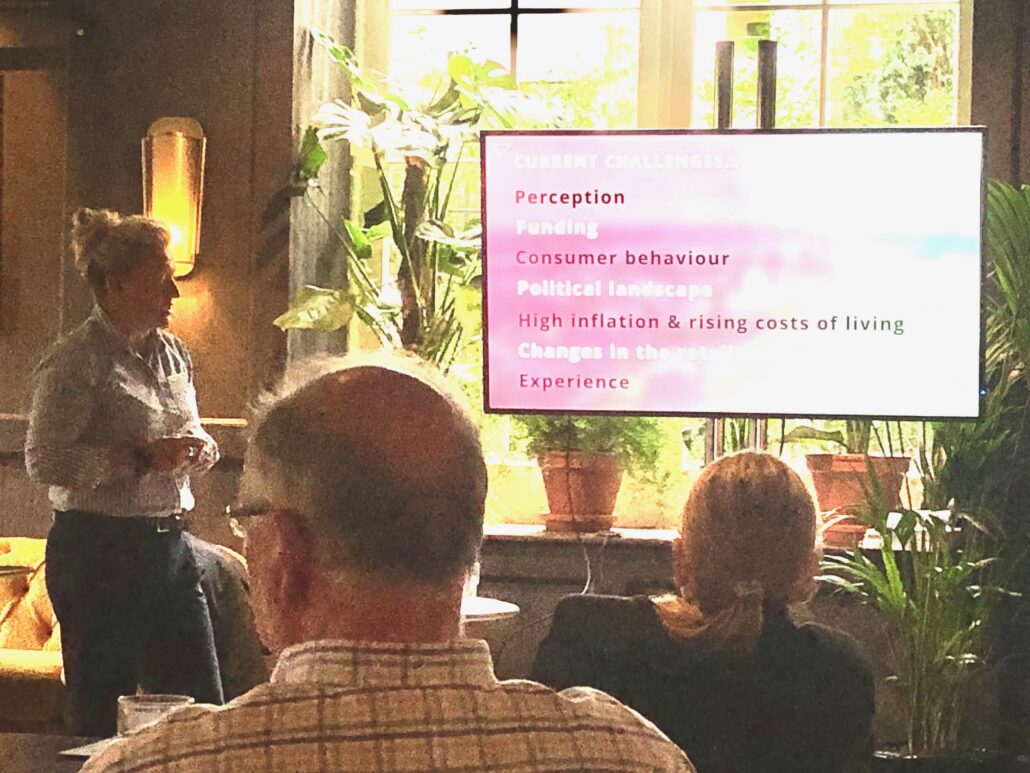
Alternative Camden and William Ginestier hightlighted the work of a project by Camden Town Unlimited. This initiative explores how digital technology and AI can amplify democratic participation beyond levy payers, sparking reflections on leveraging technology for enhanced community engagement and footfall. Ideas like using Minecraft as a planning tool for kids were considered, leading to some intriguing perspectives.
In the final session on establishing a global network for place management, Gianluca Rizzo presented the successful twinning scheme with the 125th Street Business Improvement District in Harlem – the Bond Across the Pond. There were discussions on the importance of strengthening bonds among us and engaging with the global place management community to share best practices and collectively tackle tomorrow’s challenges.
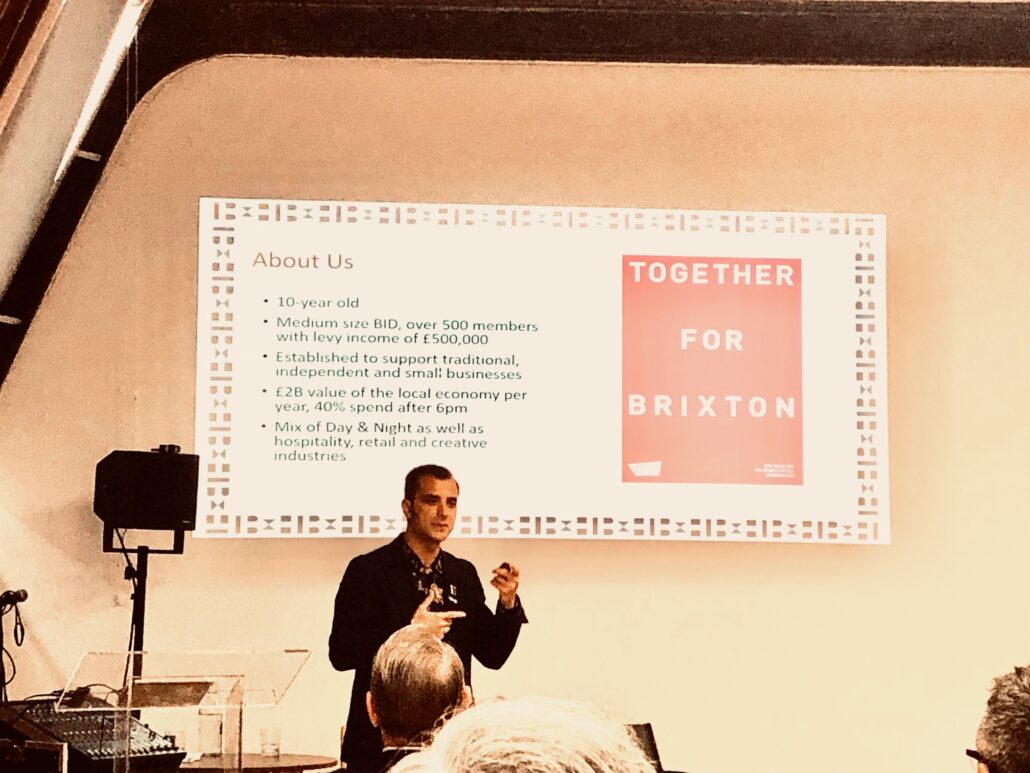
There were many presentations and insights into the the various aspects of town centre management and some inspiring BIDs over the 3 days. From the financial and office district of Philadelphia right through to the creative and inspiring Brixton BIDs. We hope to delve deeper into these on another moment, as well as focus on the community, social, creative and sustainability aspects that improvement districts have to offer.
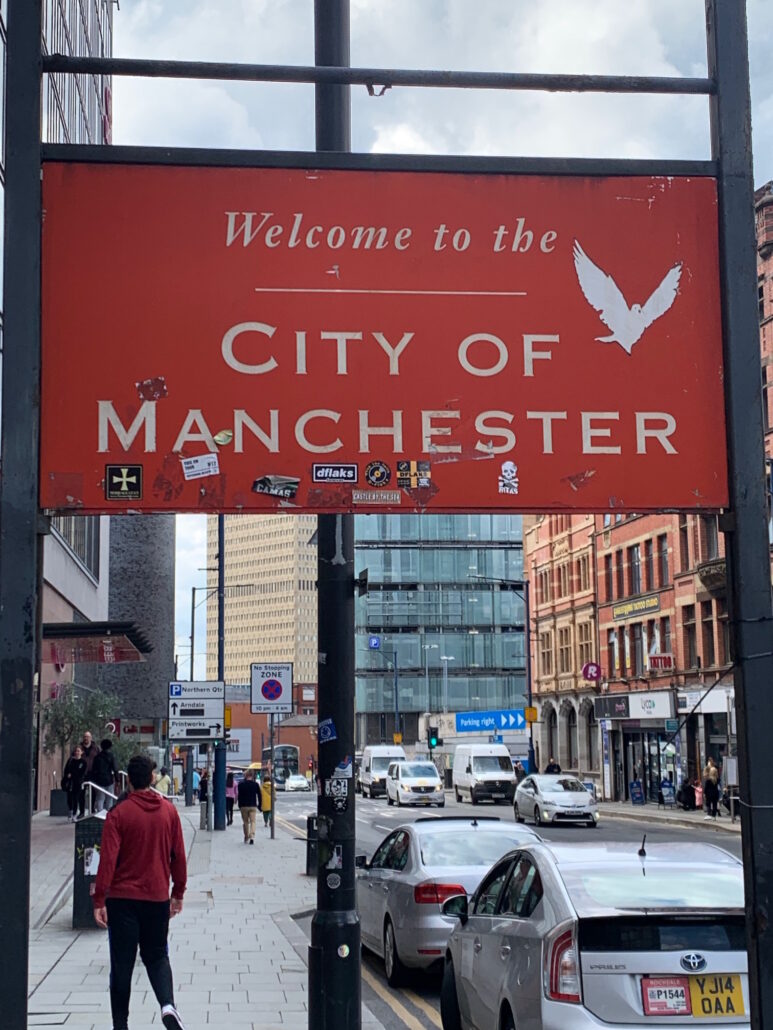
A heartfelt appreciation to CityCo & Manchester BIDs and city of Manchester for hosting us a this gathering which was a resounding success. Also to Ojay McDonald and David Downey, for the invitation and organization. Along with the many speakers and fellow participants from around the globe, for the meaningful connections.
BIDs Belgium looks forward to more collaborations.


